-
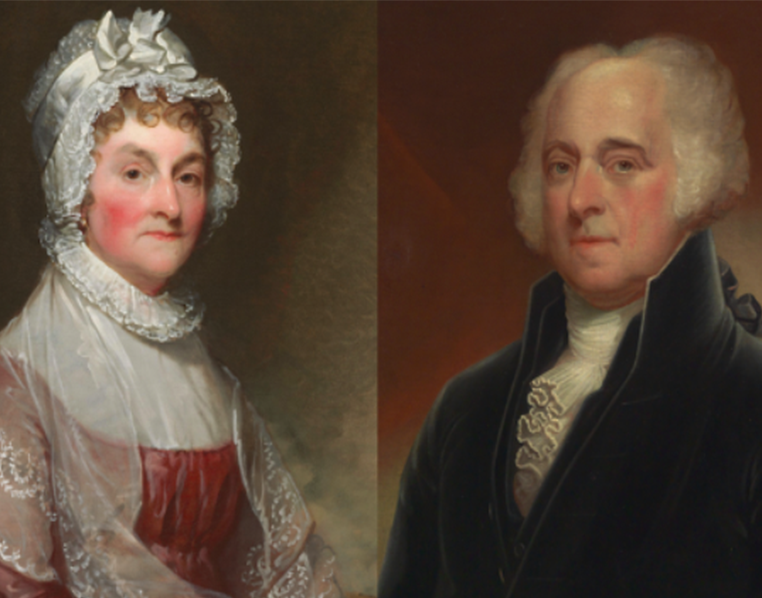
1776
Abigail Adams recommended to her husband, John Adams, to “remember the ladies” when creating the constitution to provide more rights for women moving forward. “Do not put such unlimited power into the hands of the husbands. Remember, all men would be tyrants if they could.” John Adams responded: “As to your extraordinary code of laws, I cannot help but laugh… Depend upon it, we know better than to repeal our masculine systems.” Source: Smithsonian Magazine
-
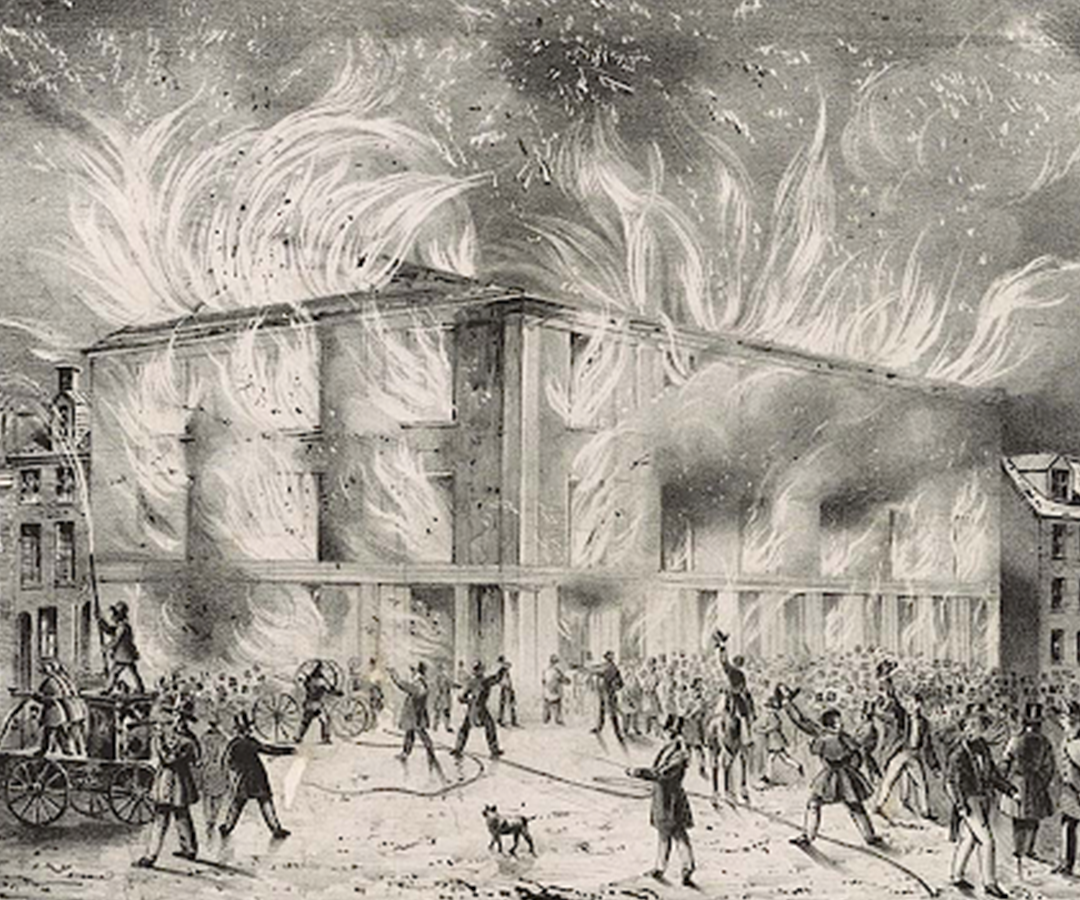
1837
The first Anti-Slavery Convention of American Women takes place and is attended by 175 women from several states to discuss their role in the movement towards abolishing slavery. Backlash from pro-slavery groups led to the Pennsylvania Hall, where the Conventions were held, being burned down by a mob during the second Convention in 1838. Source: Library of Congress
-
1847
Clarina Howard Nichols, an activist and journalist, wrote a series of editorials concerning the property rights of married women, which led directly to the Vermont legislature passing laws ensuring property rights for married women. Source: Library of Congress
-
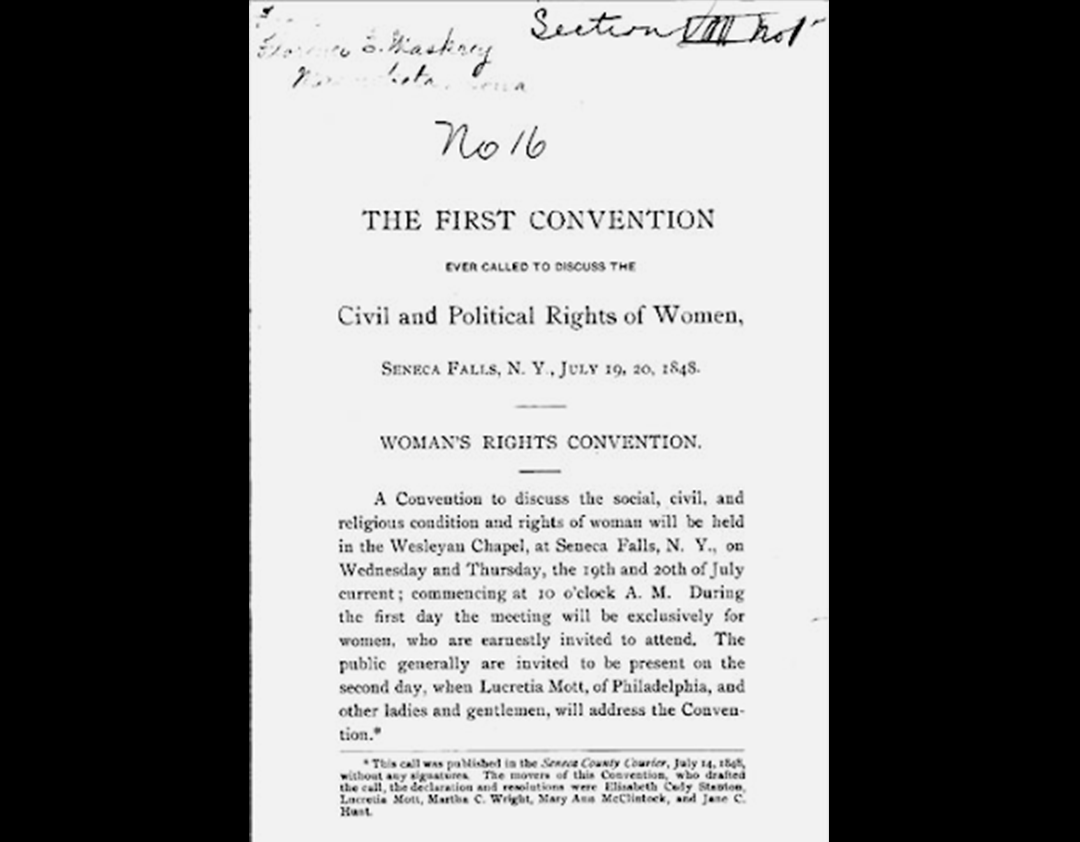
1848
Elizabeth Cady Stanton, Lucretia Mott, Martha Wright, Mary Ann McClintock, and Jane Hunt organized the Seneca Falls Convention, where attendees gathered to discuss the social, civil, and religious condition and rights of women. 100 women and men signed the Declaration of Sentiments, which included a call for women’s right to vote. This is typically considered the beginning of the women’s suffrage movement in America. However, it is important to note that many suffragists had a primarily white agenda, and routinely excluded Black women from their movement out of fear that they would risk losing support of southern white women. Source: Library of Congress
-
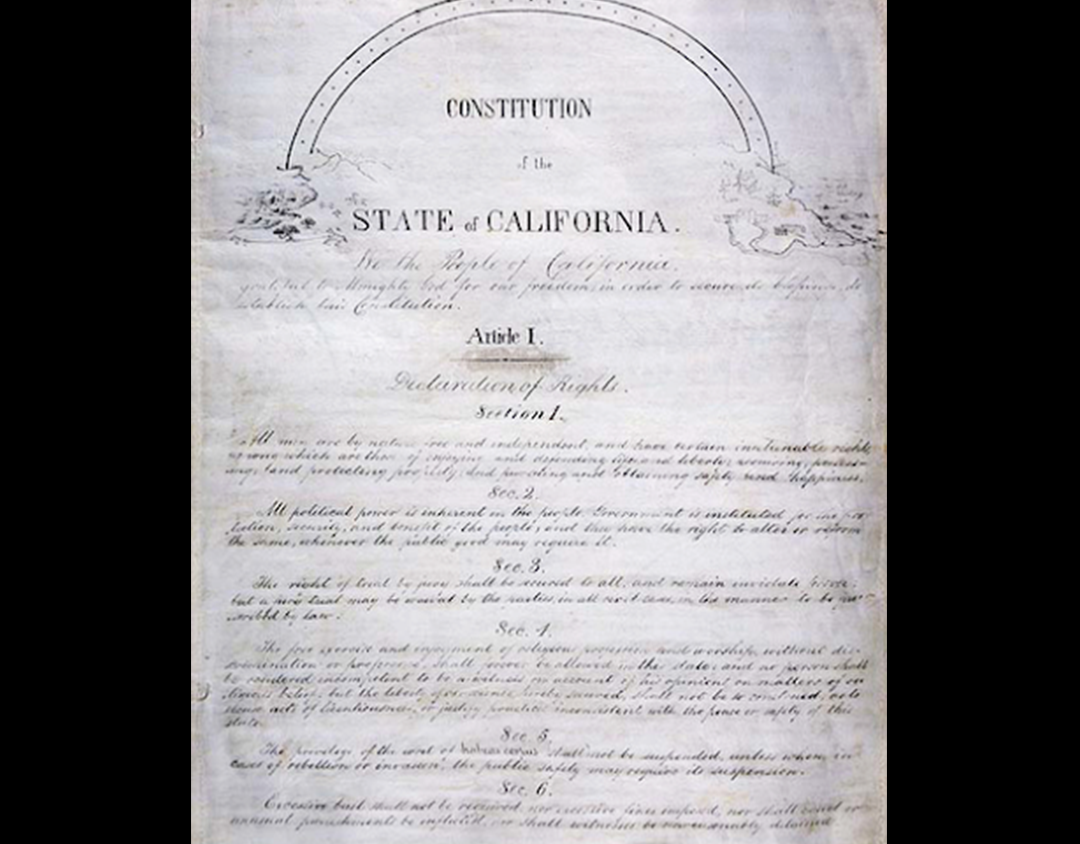
1849
The first State Constitution of California is written to include property protections for women under Spanish law and was put into effect in 1850. This created provisions for separate and common property between married couples, preserving a woman’s right to their own property after marriage—instead of the common practice under English law known as “civil death” (or “coverture”) in which a woman’s property rights would be transferred to her husband after marriage. Source: Library of Congress
-
1850
Harriet Tubman embarked on the first of nearly two dozen missions to help other enslaved people escape using a series of hideouts along the Underground Railroad. Estimates of how many enslaved people she led to freedom vary, but most historians now believe it is likely she was personally responsible for helping about 70 people escape. When the Civil War began, she worked for the Union as an armed scout and spy, and became the first woman to lead an armed expedition in the war when she guided the raid at Combahee Ferry, which liberated more than 700 enslaved people. Source: Library of Congress
-
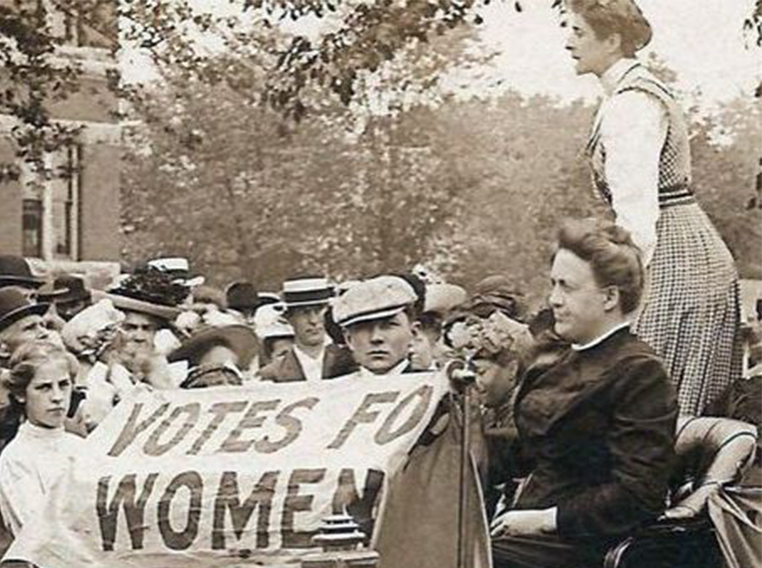
1850
The first National Women’s Rights Convention was held in Worcester, Massachusetts and attended by over 1,000 supporters of suffrage. A strong alliance begins to form with the Abolitionist Movement. Source: Mass Moments
-
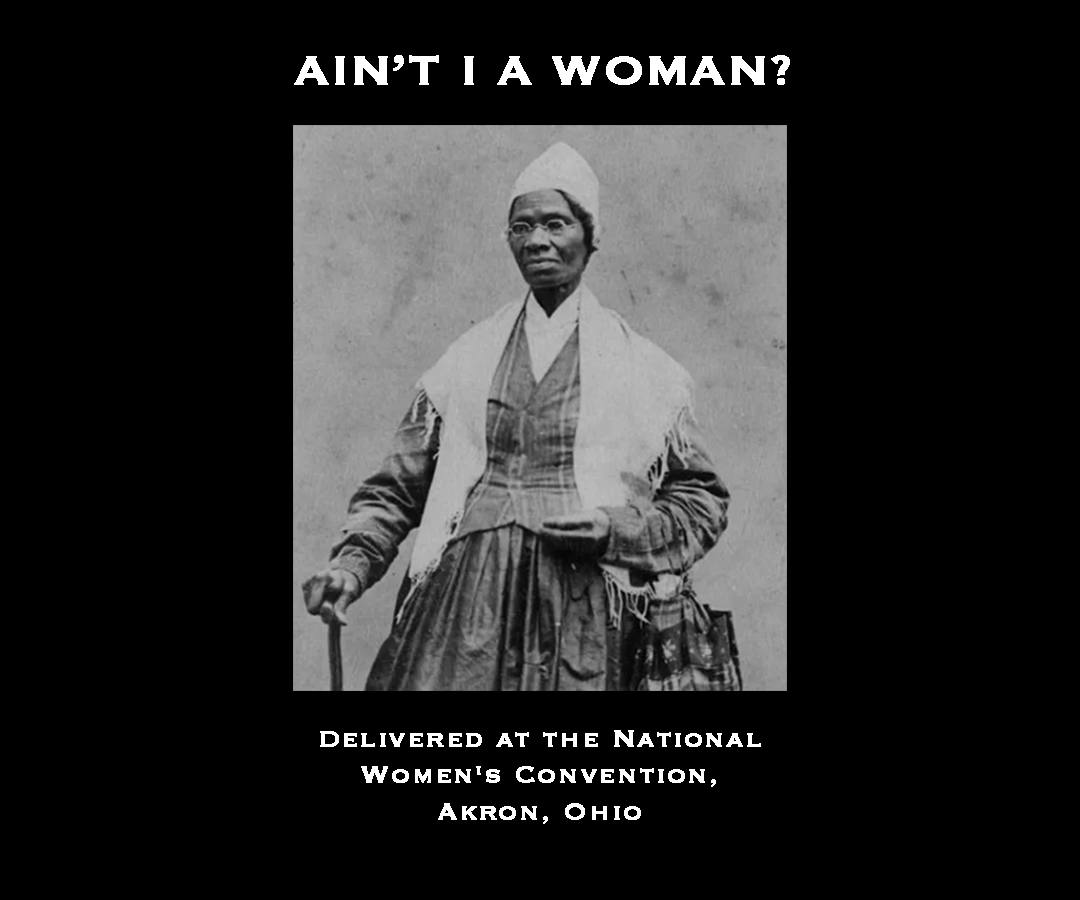
1851
On May 29, 1851, Sojourner Truth, an abolitionist and former slave, gave one of history’s most memorable speeches on the intersection between women’s suffrage and Black rights. Speaking to the Ohio Women’s Convention, Truth used her identity to point out the ways in which both movements were failing Black women. Source: Library of Congress
-
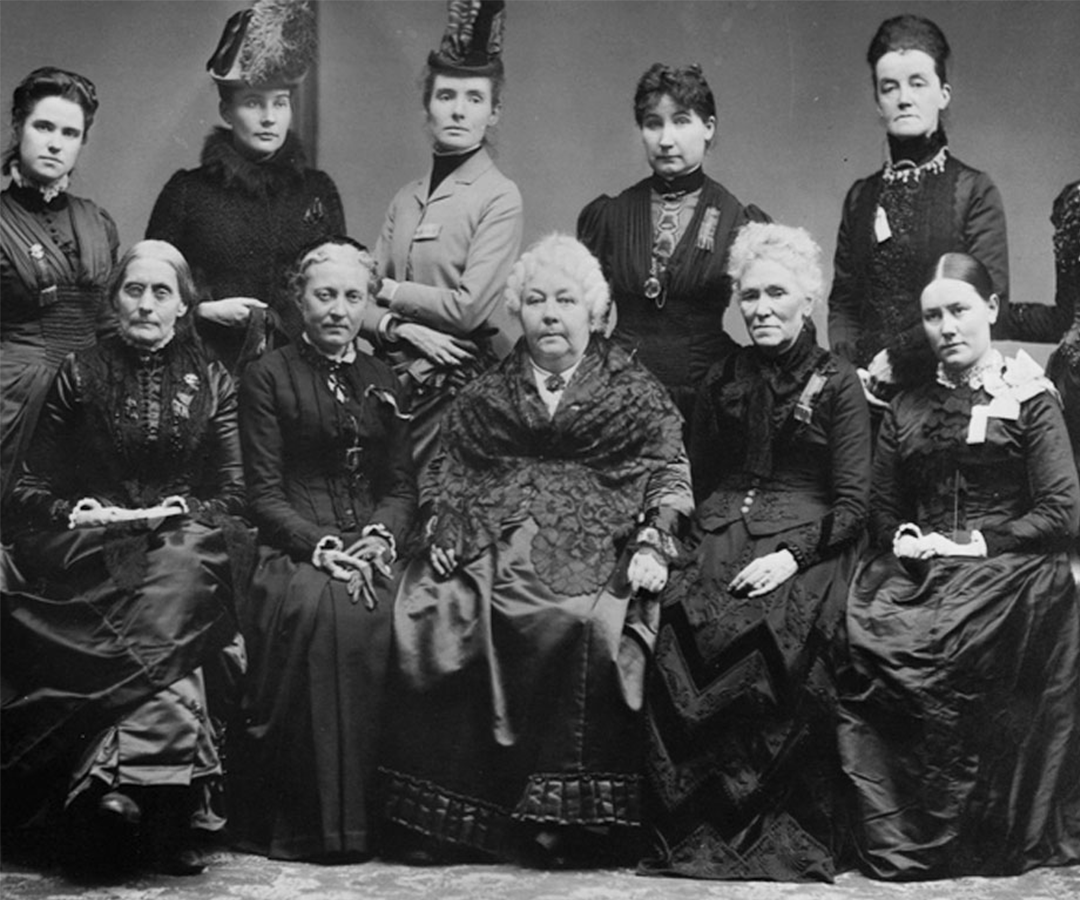
1866
Elizabeth Cady Stanton and Susan B. Anthony form the American Equal Rights Association, an organization dedicated to suffrage rights for all, regardless of gender or race. Source: Mass Moments
-
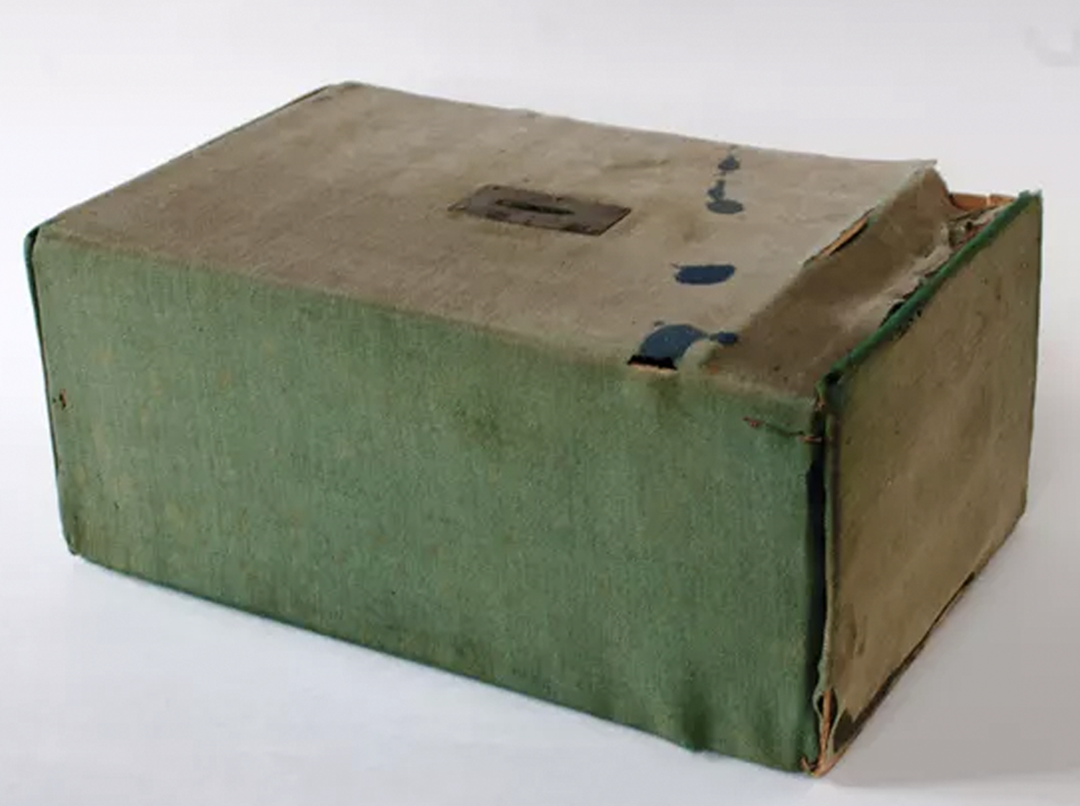
1868
In Vineland, New Jersey, 172 women brought their own ballot box to a polling place and cast their ballots during the presidential election. As the largest staged suffrage demonstration in America, this act showed women that there is strength in numbers. The Universal Suffrage Amendment is introduced in Congress by Kansas Senator S.C. Pomeroy. Source: John W. Carr/Vineland Historical and Antiquarian Society
-
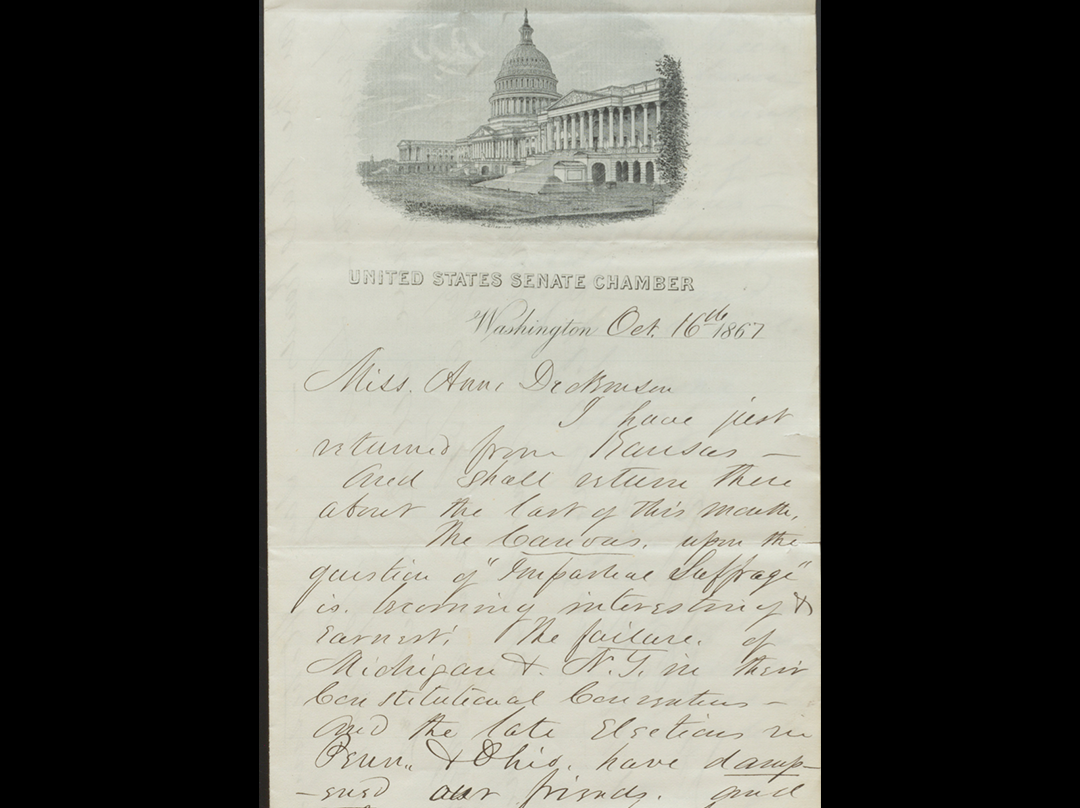
1868
Senator Samuel Pomeroy introduces the Universal Suffrage Amendment in Congress on the basis that “suffrage in the United States shall be that of citizenship, and all native or naturalized citizens shall enjoy the same rights and privileges of the elective franchise”. Dedicated to the cause, Pomeroy wrote a letter to suffragist Anna Dickinson, quoted “I have gone boldly—fearlessly—into the movement! And it must succeed!” Source: The United States Senate
-
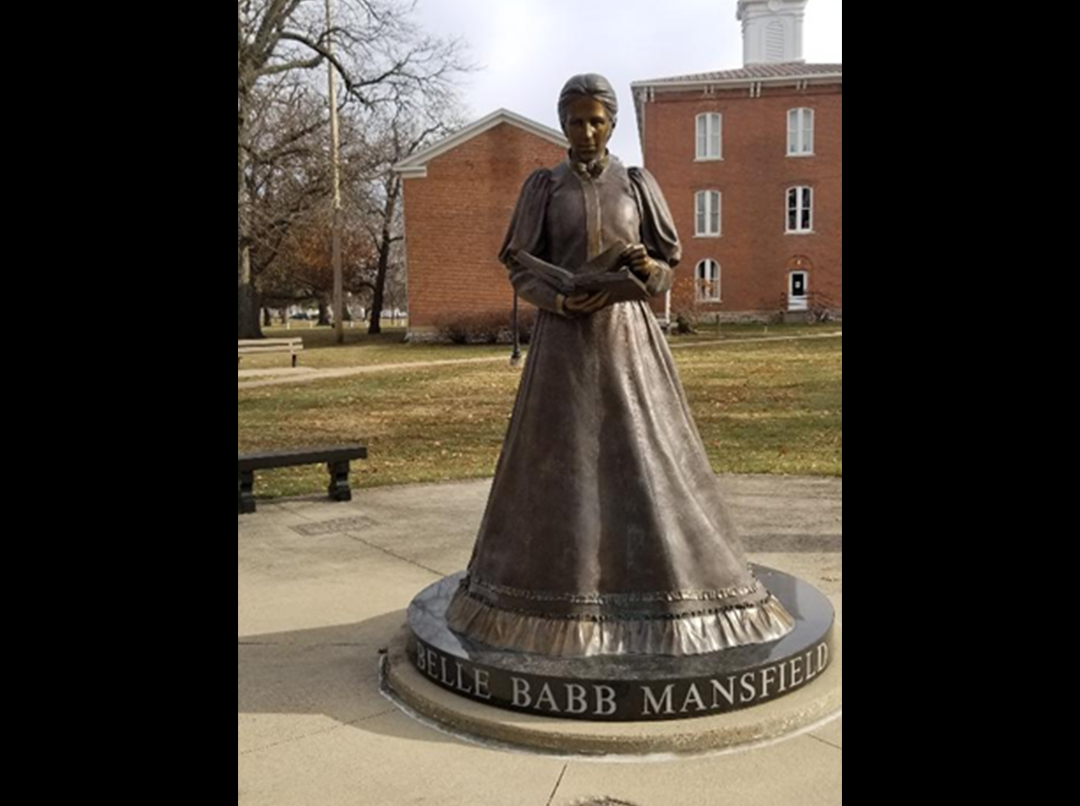
1869
Granted permission to practice law in the state of Iowa, Arabella Mansfield becomes the first female lawyer in the United States. Arabella was also a pioneer in the Iowa Suffrage Movement, chairing the first Iowa Suffrage Association State Convention in 1870. Source: Global Rights for Women
-
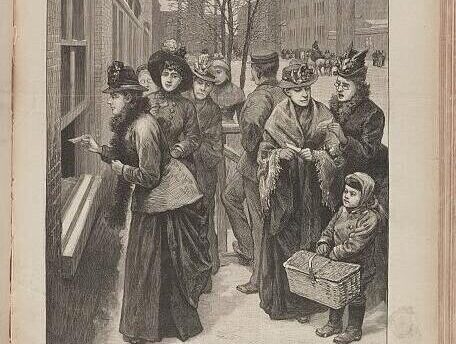
1869
The territory of Wyoming passes America’s first woman suffrage law, granting women the right to vote and hold office. Susan B. Anthony and Elizabeth Cady Stanton founded the National Woman Suffrage Association, which helped coordinate this movement. Twenty years later, in 1890, Wyoming was admitted to the Union and became the first state to allow women the right to vote. Source: Library of Congress
-
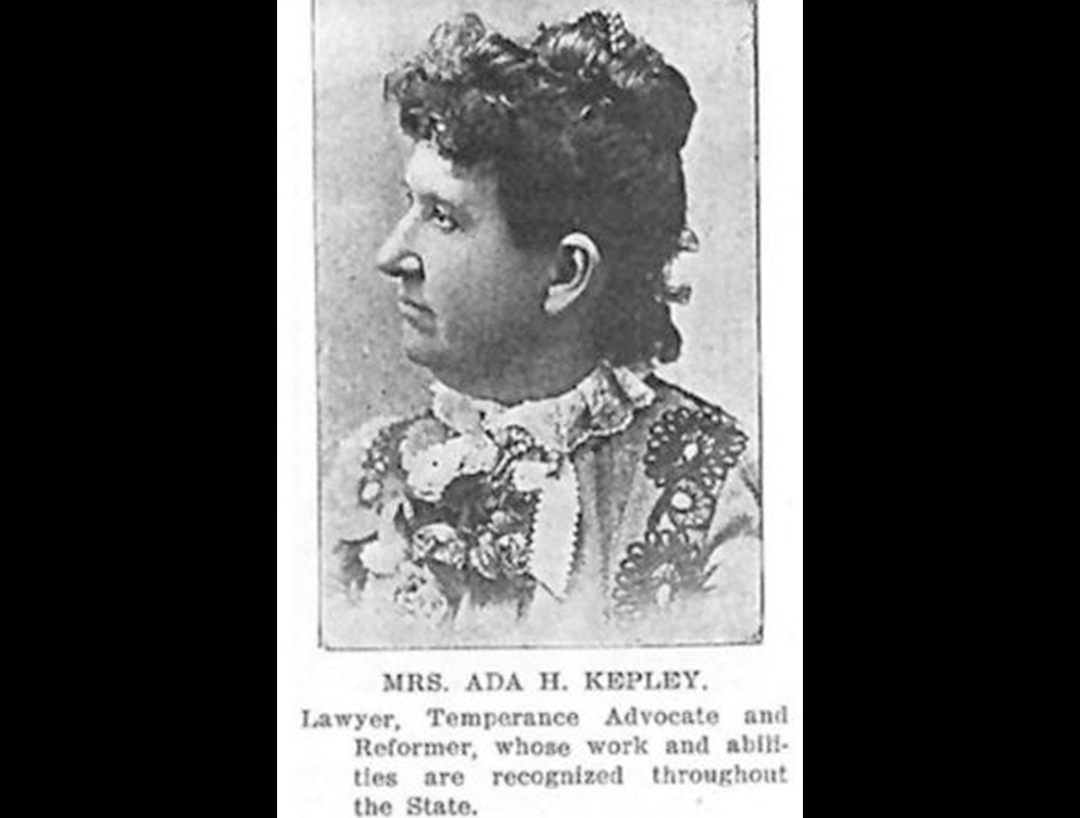
1870
Ada H. Kepley becomes the first woman in the United States to graduate from law school. Kepley attended Northwestern School of law but was unable to practice law because the state of Illinois prohibited women to join the state bar until 1872. Source: Effingham Daily News
-
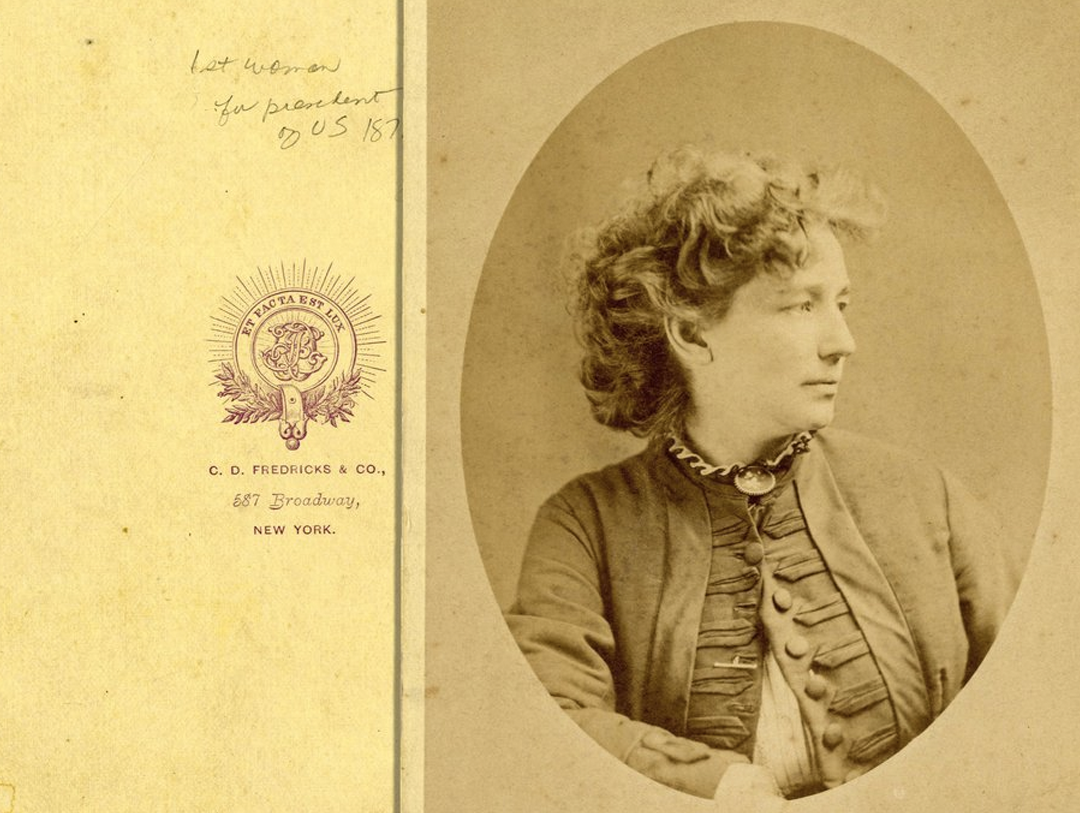
1872
Nominated by the National Radical Reformers Party, Victoria Woodhull is the first female presidential candidate. Source: Smithsonian Magazine
-
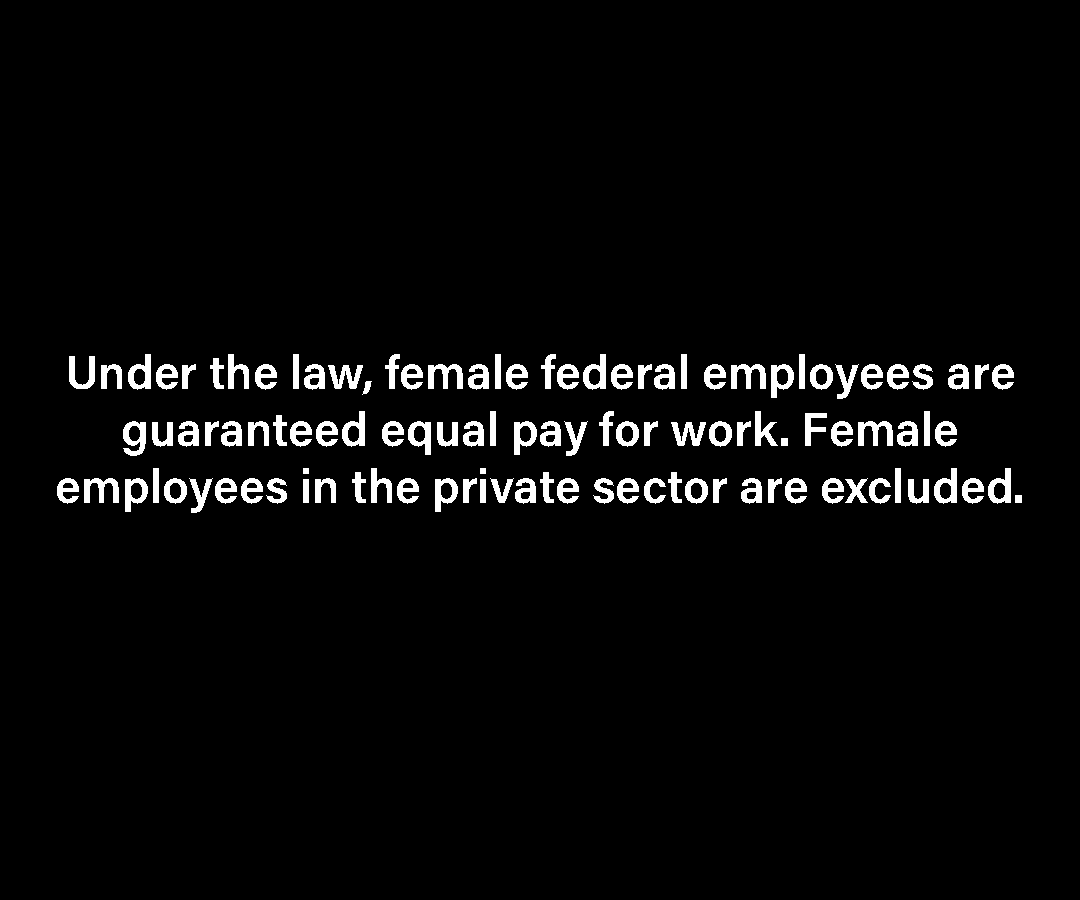
1872
-
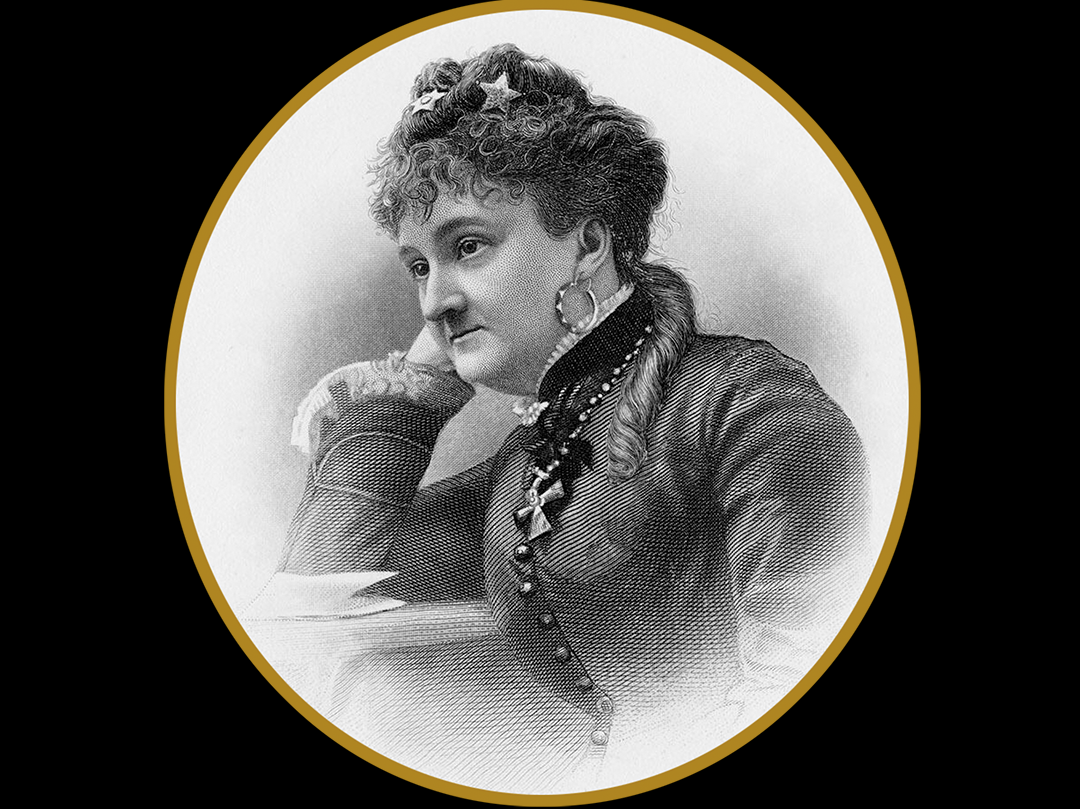
1873
Bradwell v. Illinois The Supreme Court rules that a state has the right to exclude a married woman from practicing law. Source: The U.S. Supreme Court
-
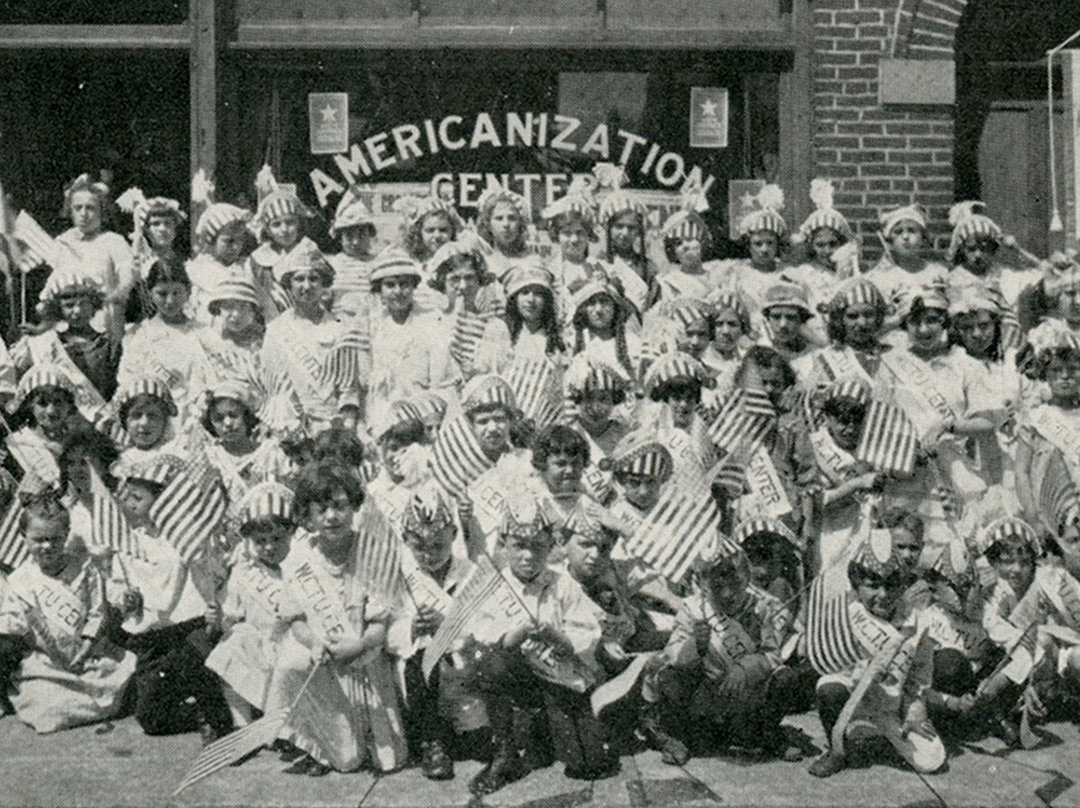
1874
One of the largest and most influential women’s groups in the 19th century, the Women’s Christian Temperance Union was founded in November 1874 becoming an important player in the fight for women’s right to vote, labor laws and prison reform. Source: Virginia Commonwealth University
-
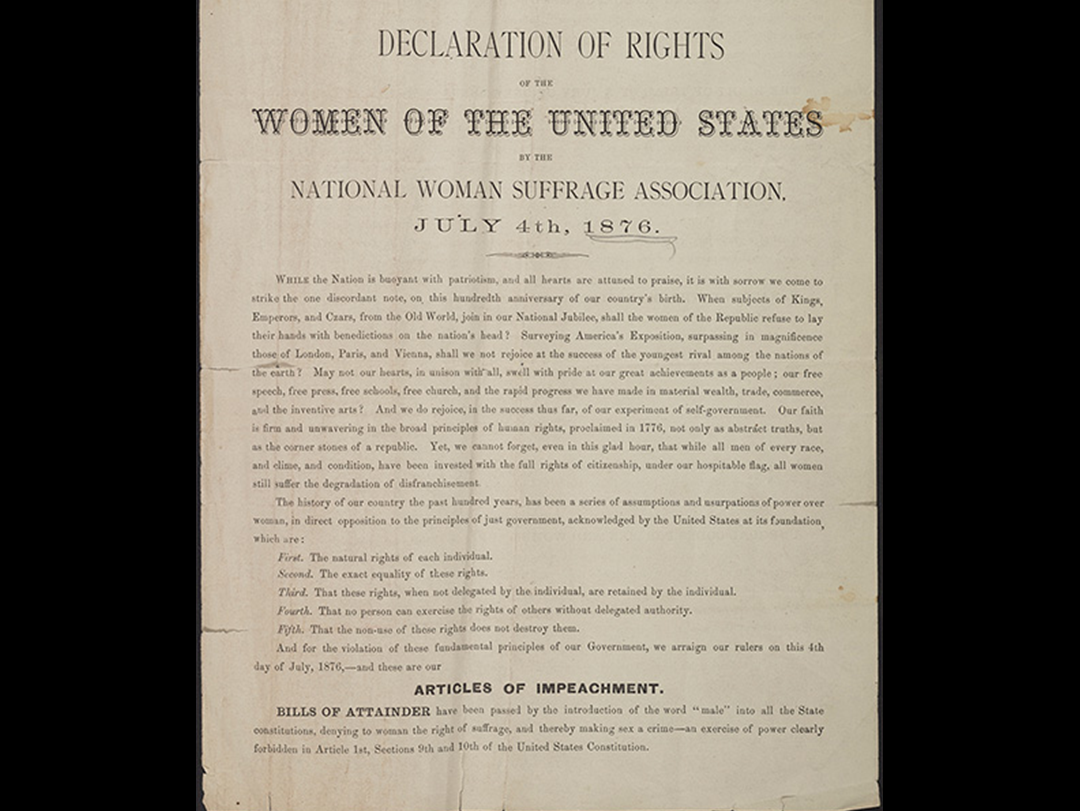
1876
On the Centennial Celebration of July 4th, in the Independence Hall in Philadelphia, Susan B. Anthony, Matilda J. Gage, Sara A. Spencer, Lillie D. Blake and Phoebe W. Couzins present a “Declaration of Rights for Women of the United States.” Source: Library of Congress
-
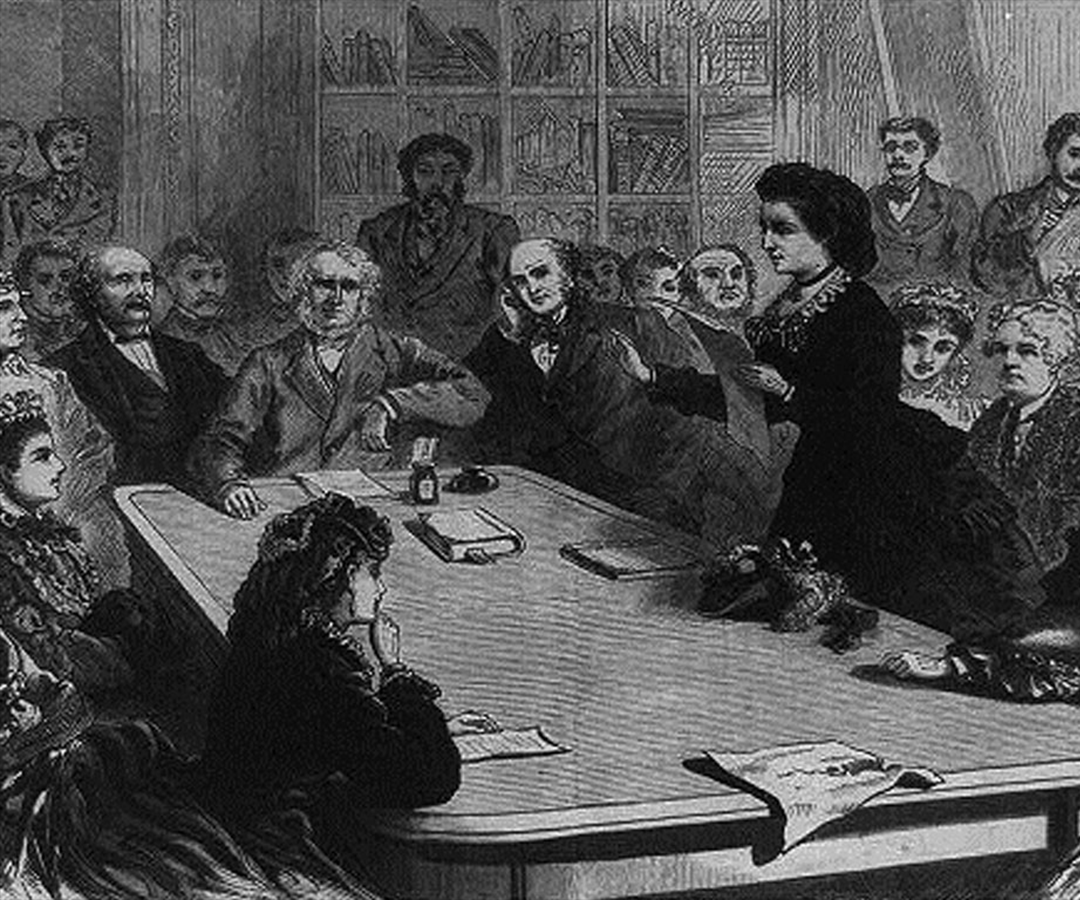
1878
California Senator, Aaron Sargent, submitted a formal proposal for a Constitutional amendment that would allow women the right to vote. Source: Library of Congress
-
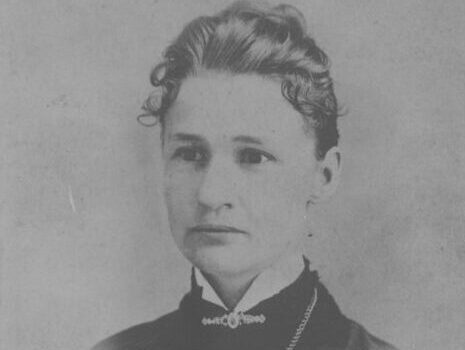
1887
Susanna Madora Salter, in the town of Argonia, Kansas, becomes the first woman to be elected mayor in the United States. Source: Kansas Historical Society
-
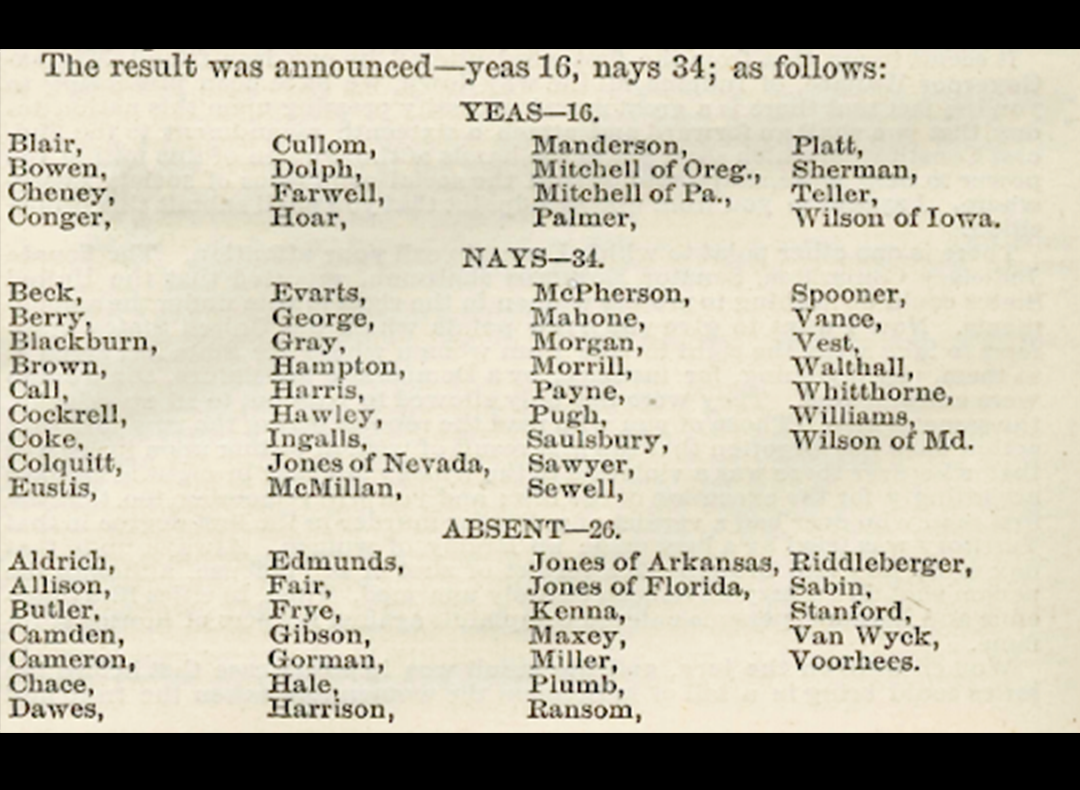
1887
The first vote on women’s suffrage is taken in the Senate, but is defeated – with 34 nays to 16 yeas. Source: The U.S. Senate
-
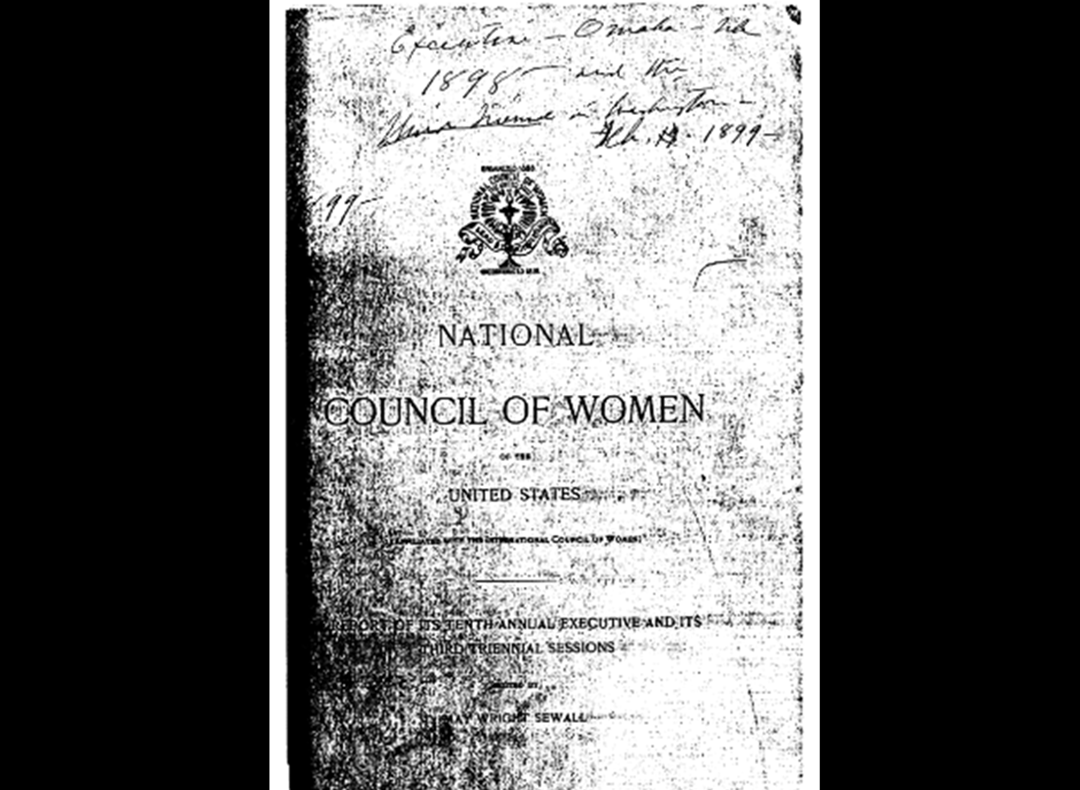
1888
Founded by Susan B. Anthony, the National Council of Women, affiliated with the International Council of Women, is formed to promote the advancement of women in society. Meeting triennially at first, and later biennially, the organization produced reports following each session. Source: Library of Congress
-
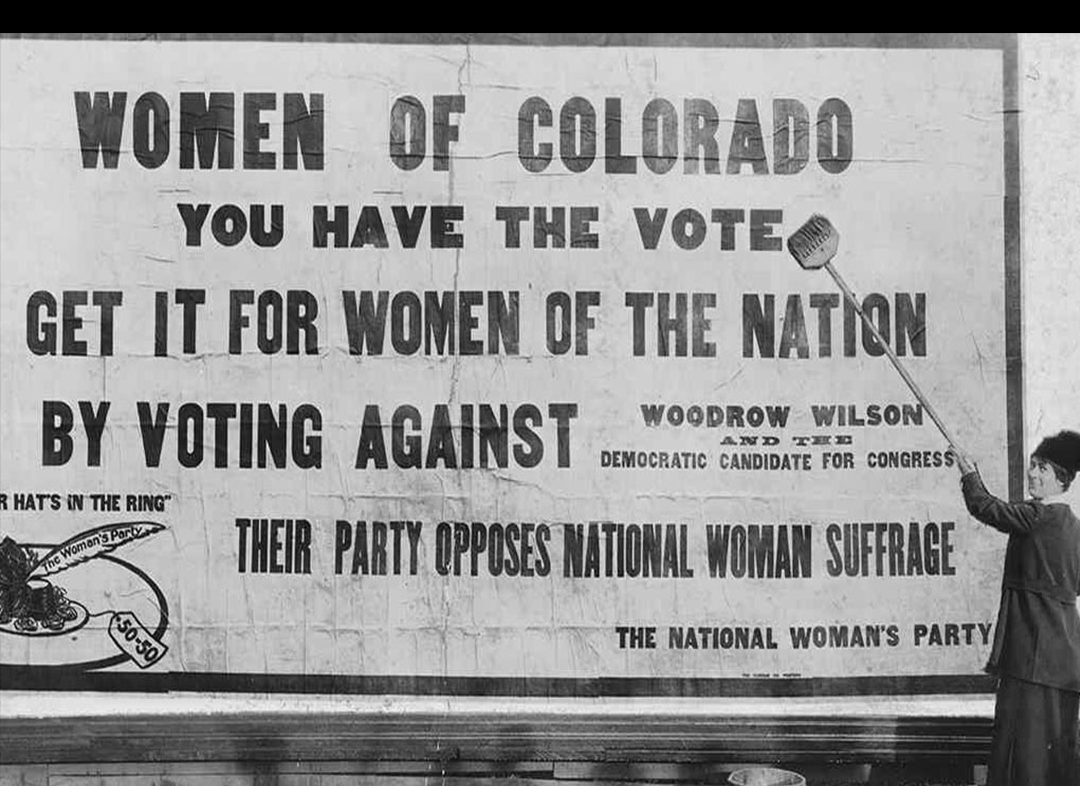
1893
Through popular referendum, the state of Colorado votes to adopt women’s suffrage rights. Source: National Conference of State Legislatures
